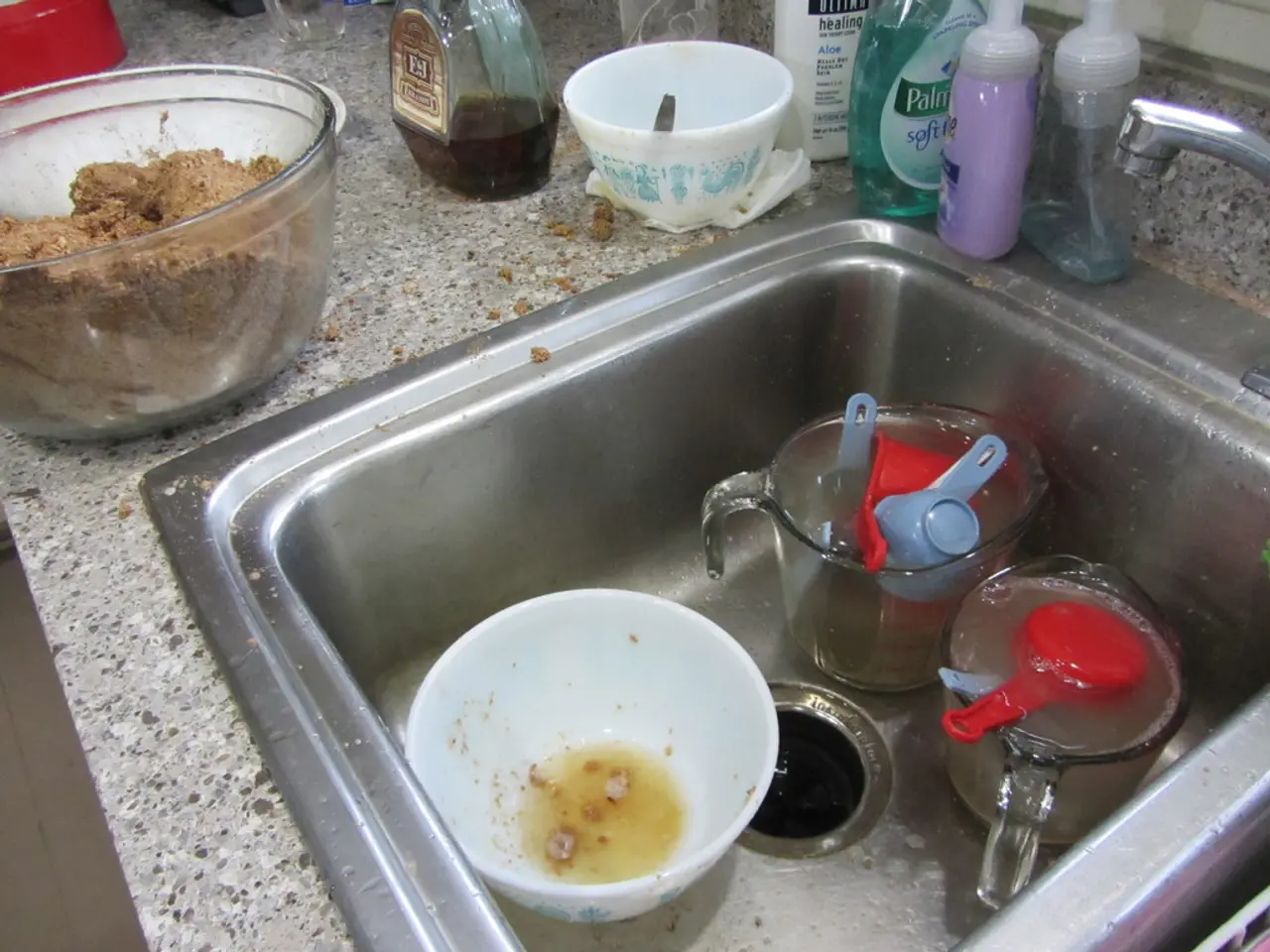Cholera's Origins and Transmission Explored
In many parts of the world, maintaining good hygiene and access to clean water is essential for preventing the spread of diseases like cholera. Unfortunately, in regions such as sub-Saharan Africa, certain areas, including the Democratic Republic of Congo, face challenges in ensuring the safety of their drinking water and maintaining adequate hygiene infrastructure. This leaves millions of people vulnerable to cholera outbreaks.
Areas of particular concern in the Democratic Republic of Congo include the eastern provinces like Maniema, North and South Kivu, Ituri, Tshopo, and Tanganyika. These regions have fragile health security and inadequate hygiene facilities, making them hotspots for cholera.
Cholera is primarily contracted by consuming contaminated food or water. Therefore, it's crucial for travellers to these regions to take necessary precautions, including vaccination in some cases and careful attention to personal hygiene.
To protect oneself from contracting cholera, it's essential to follow these guidelines:
- Drink only bottled or boiled water, or water that has been disinfected with iodine or chlorine. Avoid ice cubes made from tap water.
- Avoid raw or undercooked foods, especially seafood, and fruits and vegetables that cannot be peeled or that have been washed in contaminated water.
- Wash hands frequently with soap and clean water, especially after using the toilet, before eating, and after handling food or money. If soap and water are not available, use an alcohol-based hand sanitiser.
- If you experience symptoms of cholera, such as severe diarrhoea, vomiting, and dehydration, seek medical attention immediately.
By taking these protective measures, travellers can significantly reduce their risk of contracting cholera and ensure a safer journey in regions with high cholera risks.
Read also:
- Exploring the Scientific Wonders: Unveiling 5 Health Advantages of Consuming Pineapples
- Rabies fatalities in the United States over the past year: Critical insights
- Europe surpasses target for antimicrobial resistance training under AMR-EDUCare initiative
- Oral Semaglutide at a dose of 25 mg (the pill form of Wegovy*) led to a weight loss of 16.6% in individuals with obesity, as revealed in a recent study.






